If you have followed my blog for any amount of time, you are probably aware that hands-on products are very important in our homeschool. I have been using different types of manipulatives with the children since Tabitha was a toddler. When it comes to learning to read, I feel that having some sort of movable letters is hugely beneficial. There are quite a few options out there for simple letters, such as foam, magnetic, or felt letters. And we've used them all through the years. However, I have never seen anything like the Can Do Cubes from jollyliteracy.com (just2ducks LLC). We have been using these cubes alongside the Jolly Phonics and Grammar that I posted about earlier this week. However, they can be used with any phonics program. I am so excited to be sharing these with you now.
Let's take a look at what is included with the Can Do Cubes.
We received:
- Tray of Stage 1 cubes
- Tray of Stage 2 cubes
- DVD - Teaching, learning and 'sounding out' with Debbie Hepplewhite
- CD-Rom with Laurie Fyke's teacher's guide, plus templates and worksheets
- Instruction/Activity Book for Stage 1
- Instruction/Activity Book for Stage 2
- Two At-a-Glance Word Charts
- Synthetic Phonics Overview Chart
Let's look at each of these components:
Tray of Stage 1 Cubes
The Can Do Cubes are made out of hardwood and measure 26 mm. They are laser-engraved with the alphabetic code. These cubes come in a tray that has a nifty tab to help lift it easily out of the box. There are eight different cubes in stage one. These have the sounds that are considered the "Simple Alphabetic Code" which is the 44+ sounds that make up the English language.
- There are 6 of Cube 1 which include the letters s, a, t, i, p, and n
- There are 3 of Cube 2 which include the letters c, k, ck, e, h, and r
- There are 3 of Cube 3 which include the letters m, d, g, o, u, and l
- There are 3 of Cube 4 which include the letters f, b, ai, j, oa, and ie
- There are 3 of Cube 5 which include the letters ee, or, z, w, ng, and nk
- There are 3 of Cube 6 which include the letters v, oo, y, x, ch, and sh
- There are 3 of Cube 7 which include the letters th, qu, ou, oi, ue, and er
- There are 3 of Cube 8 which include the letters ar, ve, se, ce, ge, y
Now, to be clear, each of the cubes in a grouping have each of the letters listed. It isn't that one cube has s, and another a and so forth. Each of Cube 1 has s, a, t, i, p, and n.
Tray of Stage 2 Cubes
The cubes in stage 2 are different in that the sides of each cube have different spelling variations for the one sound. For example the sound /ai/ is represented on the /ai/ cube with these spellings: ai, ay, eigh, ea, a, and ey. The stage 2 cubes are the "Complex Alphabetic Code" which is the 175+ spelling variations for the 44+ sounds. Also included are the split-vowel digraph, double letters, capital letters, and basic punctuation cubes.
DVD
The DVD contains information about the original Can Do Cubes for English Grammar (which we did not receive) and information about the Systematic Synthetic Phonics by Debbie Hepplewhite.
There is one section where each sound is shown and sounded out, showing the video of the mouth while making the sounds.
We also see Ms. Hepplewhite working with the cubes with a student, showing different ways the cubes can be used. Here she has slowly sounded out a word and rolled the cubes out to him so he can find the sounds to build the word.
The remaining sections of the DVD have Debbie Hepplewhite explaining Synthetic Phonics.
CD-Rom
The CD includes 5 different sections, four specific sections which are then combined into one book in the final file. There are instructions for using the cubes plus worksheets that can be printed out to work on matching letter sounds, blending, segmenting, sounding out/spelling, and handwriting.
Here are some examples of these worksheets:
Here the child is to match the letter on the worksheet with the letter on the cube.
Here the child finds the letter shape on the cube that matches the sound. They help to sound out the word.
At the back of this section of the book there are some pages with blank boxes so different words can be built.
These worksheets focus on segmenting words. The child is to find the missing sound.
The next step is seeing a picture of the object and being able to say the word, sound it out and build it without seeing any of the letters. In other words, spelling.
On the following worksheets, the child is to practice writing the sounds, and later words and sentences.
I have to admit, I was a bit confused about the place holder pictures on these worksheets. There is no correspondence with the actual sound that is being written on the line and the visual place holder picture next to it. These same six pictures are used on all the worksheets in this section. To me, this would be confusing for a child as first an s is to be written next to a house and p is to be written by the dog, and so on as they go through Cube 1, but then on the next worksheet, different letters are to be placed next to these same pictures. To me, it would make more sense for the image in the box to be the actual sound or something that contains the sound they are to be writing. Though I will be using the other worksheets included on the CD, I am not sure if I will utilize these handwriting worksheets.
Instruction/Activity Books (Stage 1 and Stage 2)
These books give instructions for teaching children to read, along with ideas on how to use the cubes.
At-a-glance Word Charts
These word charts show a list of words that can be built with the letters already learned, and how many cubes of each cube are needed to build the words.
Synthetic Phonics Overview Chart
This chart shows the different phonemes plus the graphemes that make the sound. The light blue graphemes are taught first. These are the sounds that are taught in Jolly Phonics Book 1, which I am using with Harold. The dark blue graphemes are taught later. This chart also includes teaching points.
How we used the Can Do Cubes:
We primarily used the Can Do Cubes as a hands-on manipulative with the Jolly Phonics. As I mentioned in my review of Jolly Phonics and Jolly Grammar earlier in the week, there were times when Harold was to be writing words from dictation. Instead of having him write his words, I allowed him to build with the cubes.
We primarily used the Can Do Cubes as a hands-on manipulative with the Jolly Phonics. As I mentioned in my review of Jolly Phonics and Jolly Grammar earlier in the week, there were times when Harold was to be writing words from dictation. Instead of having him write his words, I allowed him to build with the cubes.
We would only use the cubes that had the sounds we have learned so far.
He had a blast turning the cubes all around and building his own words.
I then printed out some of the worksheets from the CD. He told me what sounds were in the word, blended them together and read the word. Then he built it with the cubes.
Then we worked on rhyming words, by placing the last two letters of the word on the table and finding other letters that would work as the first letter.
We also played one of the suggested games, where I rolled out the cubes and had him make words using only the letters that were on top.
We haven't gotten to words that have long vowels yet, but I did want to share the split-vowel digraph cubes.
We can use the cubes to build words with short vowel sounds. Here is a simple CVC word.
With other letter manipulatives you would just add an "e" at the end of the word, the "silent" e to make change the word and make the first vowel say its name.
However, with these cubes, you would use the split-vowel digraph, which allows a child to see that these two blocks are connected and work together.
What we thought of it:
I absolutely love the Can Do Cubes. Children love building with blocks, so this is a wonderful way to get children interested in building words. They are just the right size for little hands, and allow a child who does not yet have the fine-motor skills to write words, to be able to build words. The hands-on aspect of having to turn the cubes really gets the child involved in the task of creating words.
I highly recommend these wonderful manipulatives.
I absolutely love the Can Do Cubes. Children love building with blocks, so this is a wonderful way to get children interested in building words. They are just the right size for little hands, and allow a child who does not yet have the fine-motor skills to write words, to be able to build words. The hands-on aspect of having to turn the cubes really gets the child involved in the task of creating words.
I highly recommend these wonderful manipulatives.
Don't forget to check out what my fellow Crew Mates had to say about Can Do Cubes. Just click on the banner below.






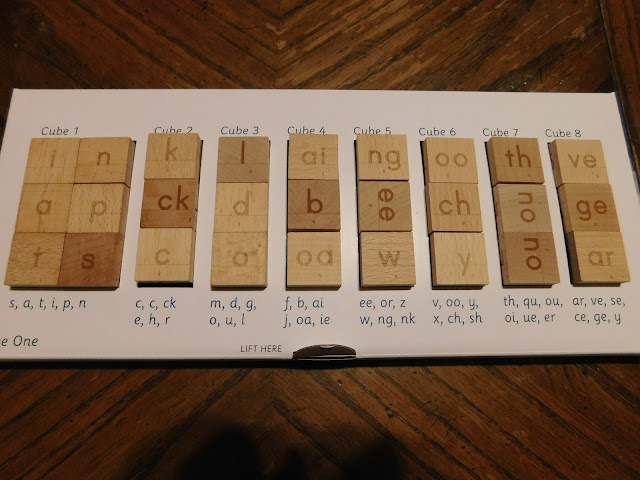
















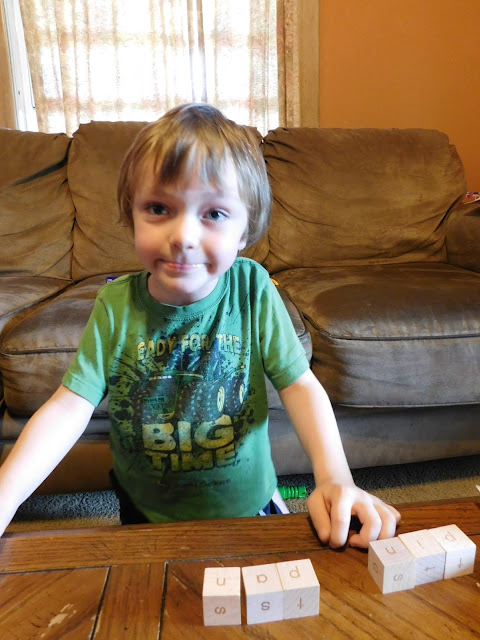













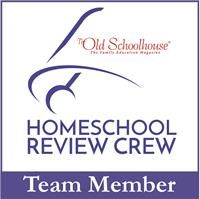
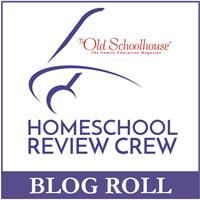














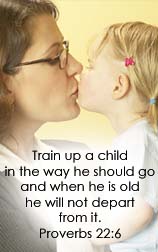



![[PREMIO2009.png]](https://blogger.googleusercontent.com/img/b/R29vZ2xl/AVvXsEjXD_Gx-wZ9EM5hXKrEYLksEBkYfRQtmb8VDVTDG_yyLggQoFIstZsh4zszdG20KqErZicRzEhiNYLty7j3IMXJYsABqkXjr8pp-ncj71xCbpxlXGbGpZq2fTuDQqq1RMKV4DPcDBnBViA/s1600/PREMIO2009.png)
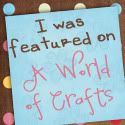
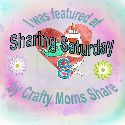


Thank you for the feature and thanks for the link-up every week. Have a blessed weekend.
ReplyDeleteThese are great! What a great learning tool.
ReplyDeleteI really like how it uses multiple letters on some cubes. Thank you for the review.
ReplyDeleteWe think Can Do cubes are wonderful too! I did need to watch instructional DVD to figure out how to get started, but now it's a regular part of our homeschooling routine. I enjoyed reading about your experience!
ReplyDelete